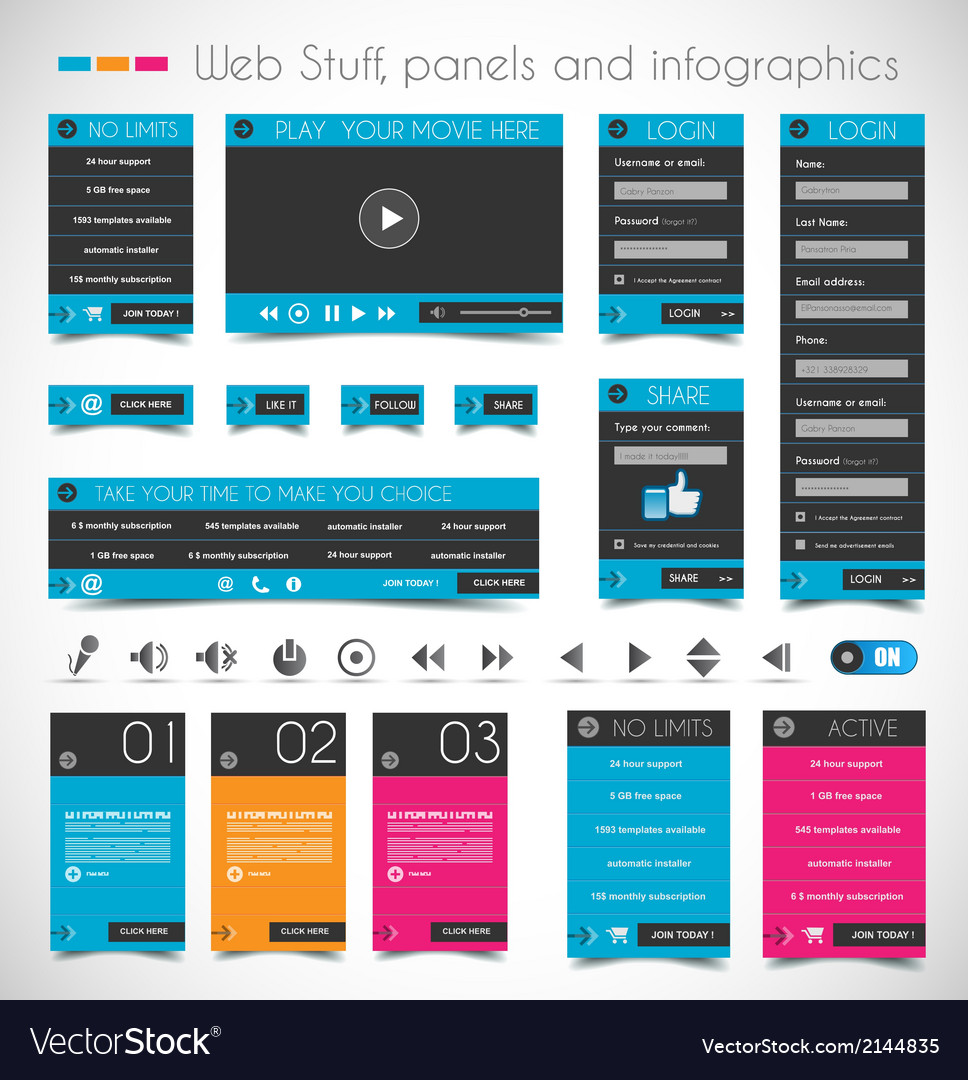Key Elements Of Site Style: Approaches For Developing An Obtainable User Experience
Key Elements Of Site Style: Approaches For Developing An Obtainable User Experience
Blog Article
Produced By-Scarborough Gammelgaard
When it comes to site design, guaranteeing user-friendliness is key. From receptive design to structured navigating, every aspect plays a crucial function in developing a website that accommodates your target market's needs. However what regarding the better details that can make or break a user's browsing experience? Remain tuned as we discover some often-overlooked tips that can elevate your site's functionality to the next level, making it genuinely stand apart in the digital landscape.
Significance of Responsive Design
Responsive layout is a critical aspect of contemporary website growth. Ensuring your web site is receptive means that it can adjust to various display dimensions and devices, giving a smooth experience for customers.
With the increasing use smartphones and tablet computers to access the net, having a receptive design is essential for getting to a wider audience. It aids in improving customer experience by making your internet site very easy to navigate and keep reading any device.
Furthermore, receptive layout can positively impact your search engine positions, as online search engine like Google focus on mobile-friendly sites. By having a receptive layout, you're also future-proofing your site, as new gadgets with differing screen dimensions continue to arise.
Simplify Navigating Framework
To improve individual experience and assist in easy accessibility to info on your site, streamlining the navigating structure is extremely important. When designing your website, focus on creating a clear and user-friendly navigating food selection that helps site visitors find what they're trying to find rapidly.
Limitation the variety of menu things to the basics, organizing associated web pages with each other to avoid frustrating users. Use descriptive labels that clearly indicate the web content of each web page, making it less complicated for individuals to comprehend where each link will certainly take them.
Consider carrying out dropdown food selections for subcategories to prevent cluttering the main navigating bar. Furthermore, consist of a search bar prominently on the page for individuals that favor searching for specific info.
Focus on mobile responsiveness in your navigating layout to ensure very easy accessibility on all tools.
Enhance Web Page Load Speed
Improving web page lots speed is important for retaining site visitors on your website. Slow-loading web pages frustrate individuals and can cause high bounce prices. To maximize web page tons speed, start by optimizing pictures. Compress images without endangering quality to minimize their documents sizes.
In addition, allow web browser caching to store regularly accessed sources locally, quickening tons times for returning visitors. ada compliance for websites , JavaScript, and HTML data by removing unneeded personalities, remarks, and formatting, boosting tons rate.
Consider utilizing a material shipment network (CDN) to disperse your web site's web content throughout multiple web servers worldwide, reducing latency for individuals accessing your website from different places. Finally, limit using third-party manuscripts and plugins, as they can substantially impact load times.
Final thought
In conclusion, by integrating receptive design, streamlining navigation, and enhancing page lots rate, you can develop an easy to use site that appeals to a bigger audience and boosts individual experience. These essential elements guarantee that site visitors can conveniently gain access to and navigate your site throughout various tools, causing enhanced interaction and contentment. By concentrating on Click At this website , you can construct a successful web site that keeps customers coming back for even more.
